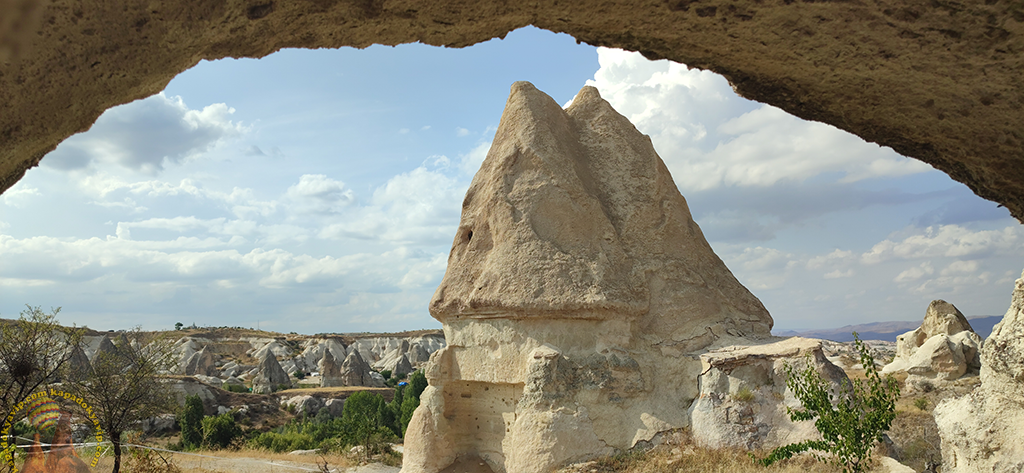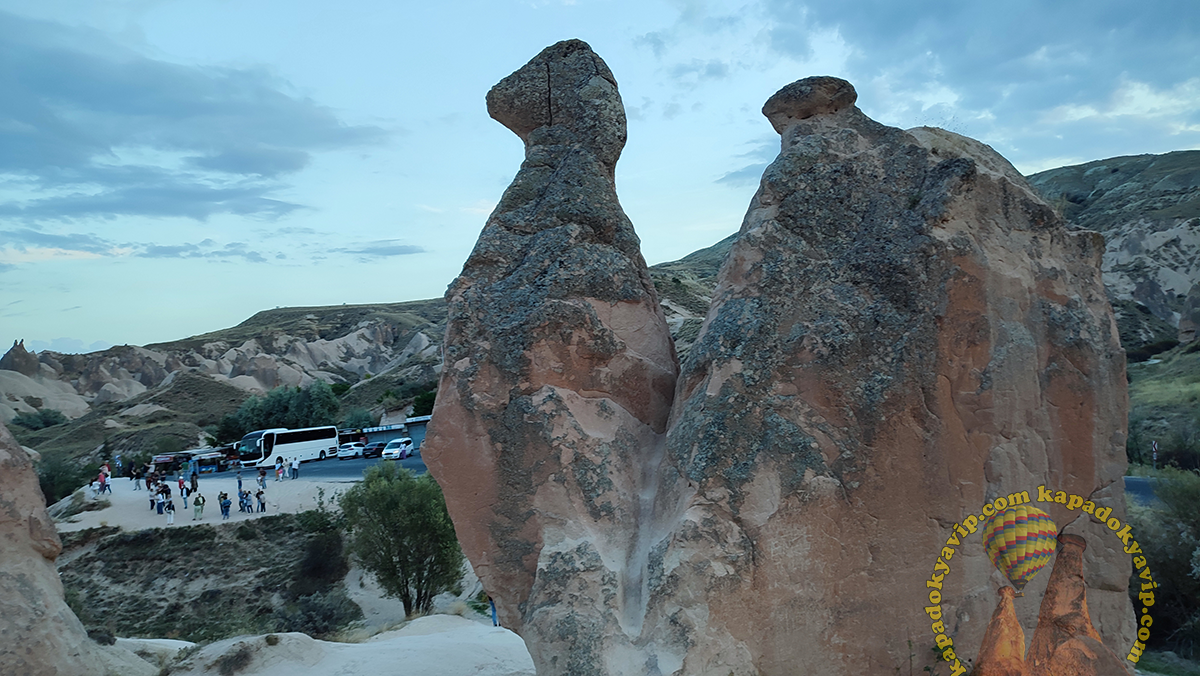Goreme info
Turkey Goreme info; Information about all tourist places, historical information, churches about Göreme, the center of Cappadocia.
Nevşehir Göreme District
Göreme, one of the towns in Nevşehir with the densest concentration of fairy chimneys, stands out not only for its natural beauty but also for its rich history. This region, which has hosted thousands of civilizations, is home to numerous artifacts that have survived from those periods.
Göreme History
Göreme, known by different names throughout its thousands of years of history, has been referred to as Mariana, Korama, Madyan, among others. In Ottoman sources, it was mentioned as Maccan.
Due to its historical association with hunting, it took on the name Avcılar (Hunters) after the establishment of the Republic. In 1975, it began to be officially referred to as Göreme. While the exact story behind the name "Göreme" is not known, it is believed to stem from the practice of people praying in the region for the blind to see.
Looking at its history spanning thousands of years, it is evident that Göreme has been used as a living space since ancient times. It has hosted major civilizations such as the Hittites, Phrygians, Romans, Byzantines, Seljuks, and Ottomans.
According to historical evidence dating back centuries, it is believed that St. Hieron, an important figure in Christianity, was born in Göreme. It is narrated that after being killed outside of Cappadocia, his hand was cut off and brought to his mother in Göreme. These scenes are depicted in the churches located in Göreme.
Studies suggest that during the Roman period, the graves of people living in Avanos were buried in Göreme. The graves and monuments inside the fairy chimneys in Göreme, used as a mass grave area, support this idea.
Considered important by Christians during the Middle Ages, Göreme became a religious center in the region. It is known to have been used as a bishopric center between the 11th and 13th centuries. Therefore, there are numerous churches and chapels in the region. Religious figures worshiped in these churches and chapels, and sometimes withdrew into seclusion for long periods. Additionally, it is known to have been used as a refuge in various periods.
The rugged terrain of Göreme compared to surrounding districts increased its frequency of use for seclusion and protection purposes. Hence, you can observe that churches and historical structures are densely concentrated in this area.
Towards the end of the century, as the influence of Christianity significantly decreased in Göreme, Turkish population settlements began. The district status dates back to 1930.
In our category that includes all information about the Nevşehir Göreme region, you can find details ranging from its geographical situation to history, tourist areas, and information about churches and valley excursions.
Göreme Population and Area
Göreme is a town located at an elevation of 1300 meters, making it higher than its surrounding areas. It is only 10 km away from Nevşehir and is connected to the central district. Due to frequent transportation services throughout the day, it maintains a strong connection with the central district.
Although it is built in a small area, Göreme possesses a rich cultural heritage. The population of Göreme is around 2000 people. Each year, it welcomes many more tourists than its own population and reflects the hospitality of Cappadocia in the best possible way.
Göreme Livelihoods
Göreme's primary source of income is tourism. Due to being a small town and hosting a large number of tourists, a significant portion of the local population is involved in these economic activities. There are numerous hotels and restaurants in Göreme, and the locals working in these establishments also market various traditional products to tourists.
Livestock farming in Göreme is mainly focused on small-scale animal husbandry. Additionally, there are various horse and camel farms in the region. Animals are bred and leased to businesses for the popular horse and camel tours in Cappadocia. Some farms are also directly operated and have become tourist attractions with restaurant services.
In the region where viticulture activities are intensively carried out, there are many vineyards. Wine is produced from the grapes grown in these vineyards.


